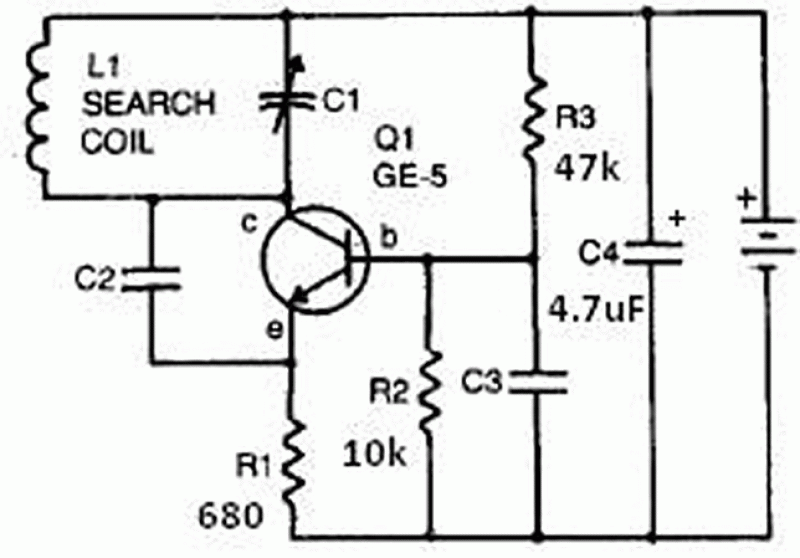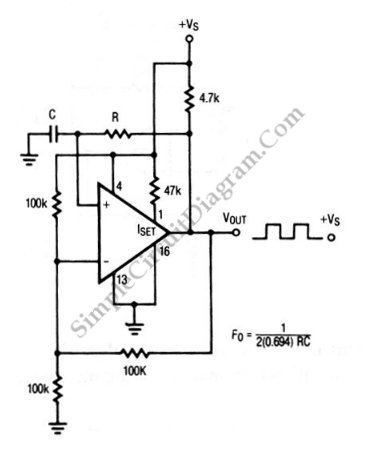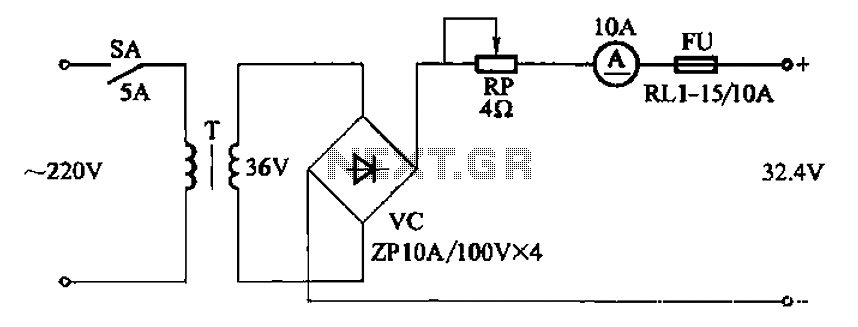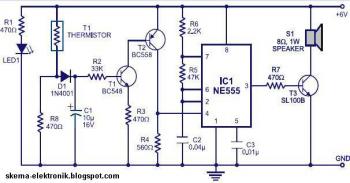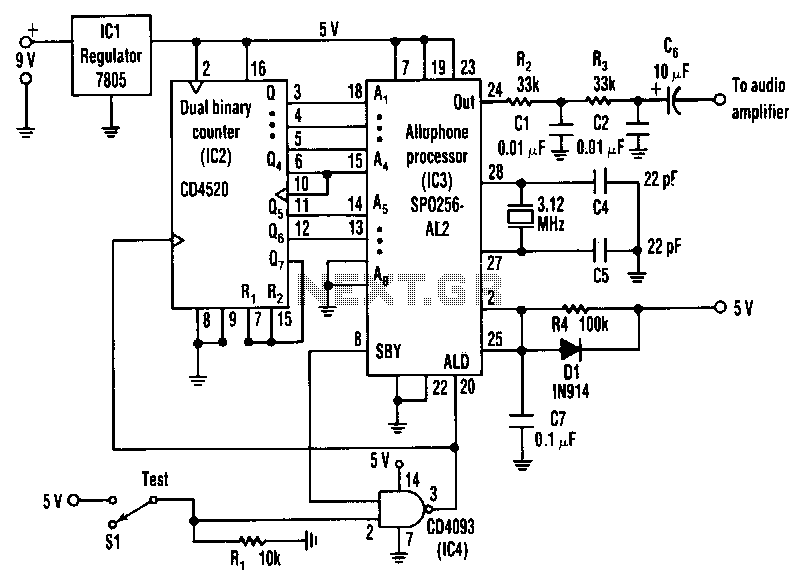
Simple Square wave Generator using transistors ~ Easy Electronics
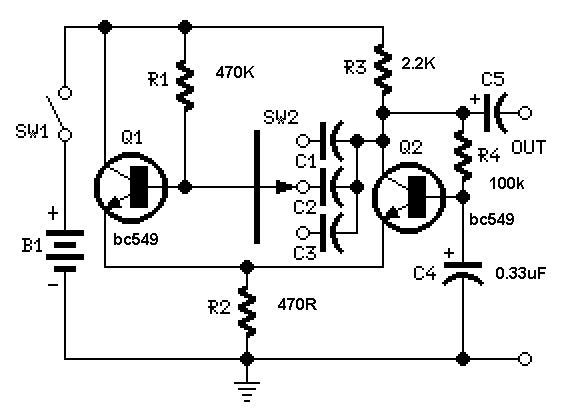
A useful feature of this circuit is that the frequency can be changed by modifying the capacitor value. A switch can be added to select between various frequencies.
This circuit utilizes a capacitor in conjunction with an oscillator to determine its operating frequency. The fundamental principle behind this design is based on the relationship between capacitance and frequency in an RC (resistor-capacitor) network. By adjusting the value of the capacitor, the time constant of the circuit changes, which in turn alters the frequency of the output signal.
The circuit can be enhanced by incorporating a switch that allows the user to select from multiple capacitors, each corresponding to a different frequency. This can be achieved using a rotary switch or a toggle switch connected to a bank of capacitors. Each position on the switch connects a different capacitor in parallel or in series with the existing capacitor in the circuit, thus providing the capability to select various frequency outputs.
In terms of components, the circuit typically includes a resistor, a capacitor, and an oscillator circuit, which may be implemented using a 555 timer IC or a similar component. The resistor value can also be adjusted to further refine the frequency range.
The output signal can be monitored using an oscilloscope or a frequency counter to verify the frequency changes as the capacitor value is modified. This flexibility makes the circuit suitable for applications in signal generation, audio tone generation, and other scenarios where variable frequency output is required.
Overall, this circuit design promotes versatility and adaptability, allowing users to customize the frequency output according to specific requirements.An useful feature of this circuit is that the frequency can be changed by changing a capacitor value, a switch can be add to choose between various frequencies. 🔗 External reference
This circuit utilizes a capacitor in conjunction with an oscillator to determine its operating frequency. The fundamental principle behind this design is based on the relationship between capacitance and frequency in an RC (resistor-capacitor) network. By adjusting the value of the capacitor, the time constant of the circuit changes, which in turn alters the frequency of the output signal.
The circuit can be enhanced by incorporating a switch that allows the user to select from multiple capacitors, each corresponding to a different frequency. This can be achieved using a rotary switch or a toggle switch connected to a bank of capacitors. Each position on the switch connects a different capacitor in parallel or in series with the existing capacitor in the circuit, thus providing the capability to select various frequency outputs.
In terms of components, the circuit typically includes a resistor, a capacitor, and an oscillator circuit, which may be implemented using a 555 timer IC or a similar component. The resistor value can also be adjusted to further refine the frequency range.
The output signal can be monitored using an oscilloscope or a frequency counter to verify the frequency changes as the capacitor value is modified. This flexibility makes the circuit suitable for applications in signal generation, audio tone generation, and other scenarios where variable frequency output is required.
Overall, this circuit design promotes versatility and adaptability, allowing users to customize the frequency output according to specific requirements.An useful feature of this circuit is that the frequency can be changed by changing a capacitor value, a switch can be add to choose between various frequencies. 🔗 External reference
